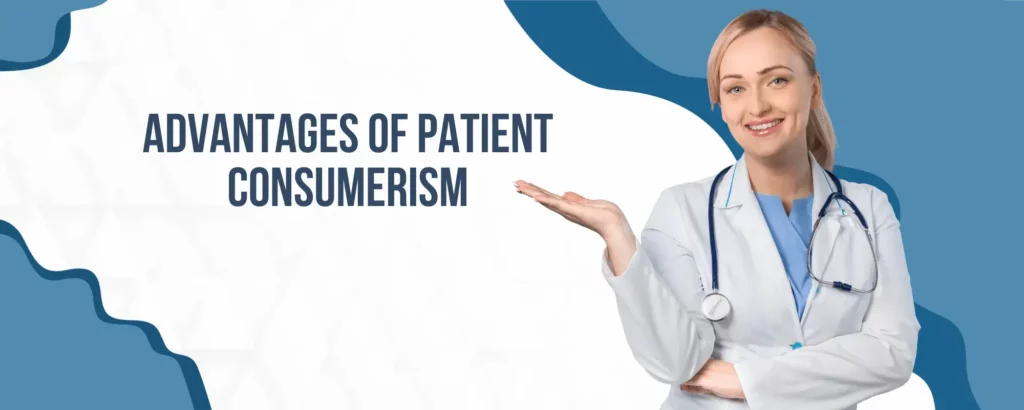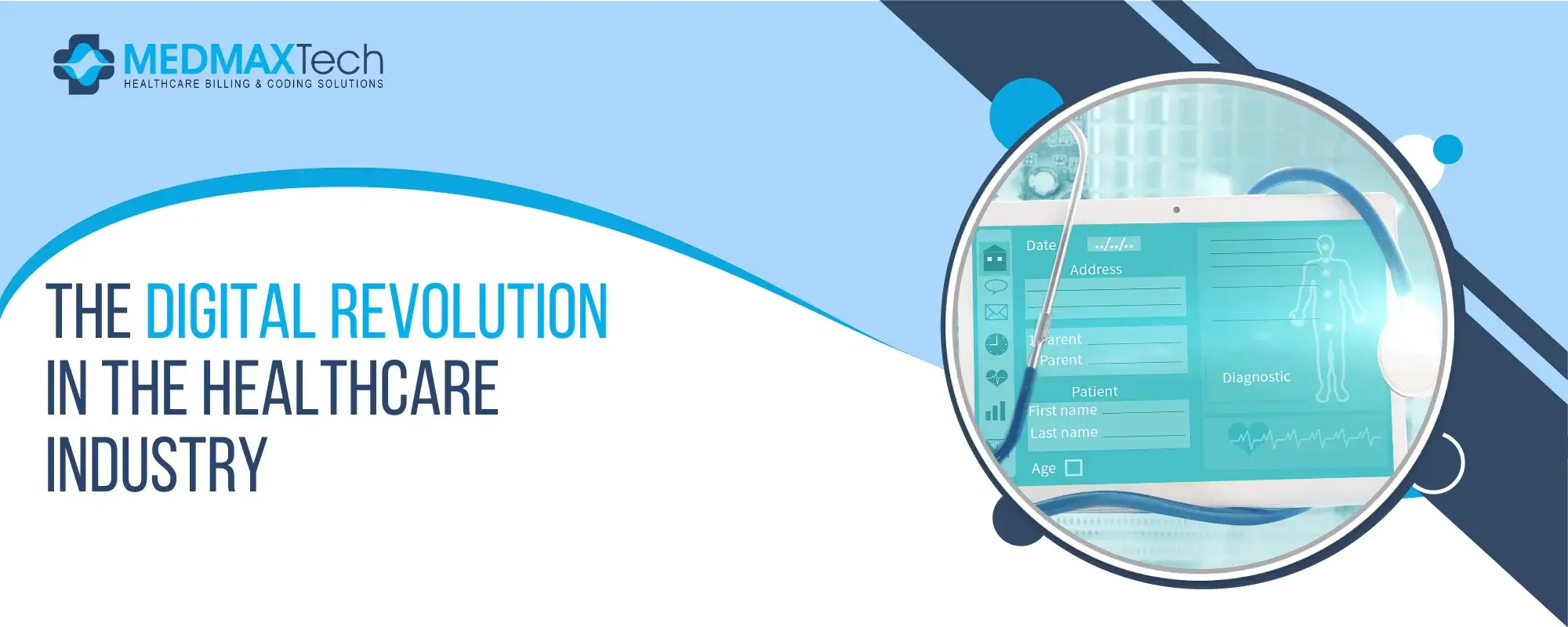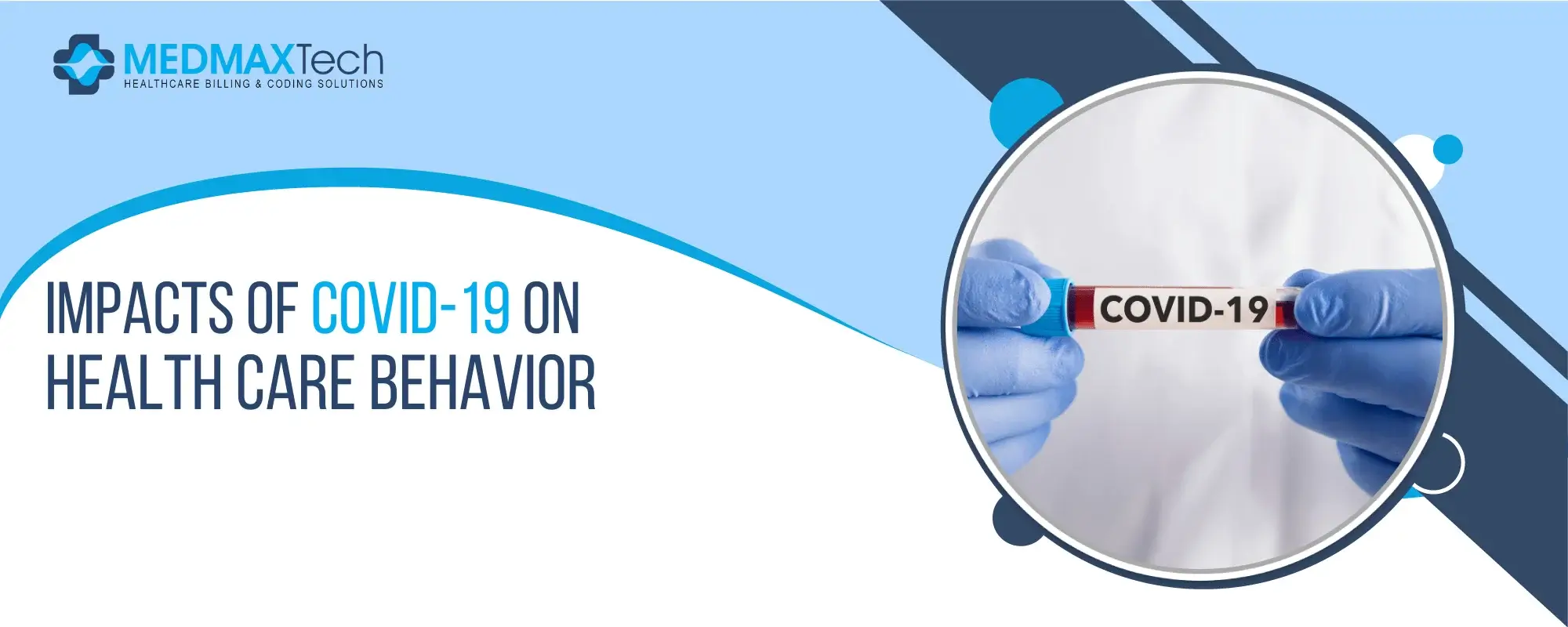
Patient Consumerism In The Healthcare Industry
Patient consumerism is taking control of healthcare and it also deals with the combination of care accessibility. It also can get greater access to digital information. They also pertain to the providers, diagnosis, treatments, and conditions that have changed twenty-five-century patients.
How Patient Consumerism Is Seen As Helpful?
Patients have become more empowered than before with the help of medical information available online, physical reviews, technology, and other mobile apps. The patient consumerism trend is transforming health benefit plans and is also useful in placing the purchasing power.
Moreover, the decision making also presents in the hands of consumers. They also force the providers of healthcare to quickly adopt new technology. The risk is also left behind in the era of increased patient demand.
The overall process of patient consumerism can also present some significant advantages for healthcare providers and also for their staff. On the other hand, an informed patient can also benefit your practice.
The way patients have become more aware, educated, and empowered to make purchasing decisions. They are also in search of more convenient provider interactions. In other words, it means that the providers in the healthcare industry will be forced to invest in technology that provides more convenient and seamless patient experiences.
Adopt Coming Technology:
Some of the popular solutions contain online registration, appointment management, electronic intake, secure messaging, telemedicine, and financial tools. These tools are useful to improve patient engagement. On the other hand, they are also proven fruitful to offer a more pleasant healthcare experience and modernize the practice operations.
Relatively Less Amount Of Time Is Spent On The Process Of Intake:
Administrative staff and physicians can get the valuable time that permits them to focus on patient experiences and business growth. It also supports the patients to manage the personal information related to their healthcare. Thus with the adoption of new technology, they can streamline the patient intake.
It has also been noticed that doctors these days usually spend less amount of time asking questions and pay more heed to providing patients with the required treatment. The capability to streamline care delivery can help to alleviate time constraints. It also allows for treating more patients.
Provide Better Care Without Interrupting The Patients:
A more informed patient is easier to be treated and when a patient visits your office and is already aware of their condition, then it is convenient for you to prepare a care plan for them.
Research also shows that healthcare providers are more inclined to interrupt their patients even before they realize it. Failing to listen and running to a hasty diagnosis does not support a collaborative relationship between the patient and the physician.
Now a day’s more and more patient consumers are seeking from their healthcare providers.
The Hurdles Of Patient Consumerism:
Reduced the relationship between patient and doctor:
When the patient and doctor take over the odds to cater the decisions they should be built on the trust, empathy and understanding deteriorate. To make sure that your patient gets the best possible healthcare and communication between patient and doctor must be clear, thorough, and considerate enough. On the other hand when a patient supports a plan of treatment that operates opposite to the established medical care and pushes the providers into a hard situation.
A consumer-minded patient also plays an important role to provide an overly empowered and receiving provider pushback. It also leads to the erosion of the reduced relationship between the patient and doctor.
Access to unlimited information:
If your healthcare system has ever cared for a patient who claims they are encountering a self-diagnosed medical condition then you have accomplished the first-hand cons of the patient consumerism trend. In other words, many consumer face resources and needs to be useful and trusted. It also offers access to unlimited information
Furthermore, it also provides your patients with increased exposure to the potential misguiding information. For health and wellness, some people claim that crowd-sourced websites and social media are taken as misleading sources.
Can Every Patient Be A Consumer?
It is also observed that young and stable patients who can afford are quicker to adopt the technology. They also serve as a new way to communicate with the providers and access care. They are also one of those who face financial challenges including the old populations and are also not flexible to adopt the new mindset of consumerism.
This needs to be considered and both of the factors are typically represented within the healthcare industry.
How To Meet The Requirements Of The Patient?
Make Sure Your Investment In The Right Resources:
Transactional platforms in addition to the retailed based should invest in the right tools and resources to engage patients like telemedicine. They also provide experienced solutions to the patient with affordable and easy access to care. Patients should also offer real-time and provide a reliable solutions to support patients as they make needed decisions related to their health.
One should also consider affordability and accessibility while selecting the right and experienced solutions concerned with patient healthcare. They should also pay heed to how intuitive the user experience is both for the patients and doctors.
Conclusion:
Most important quality care should take control regarding the implementation of tools and technologies. Thus patient experience software and practice management solutions can play a significant role in the operations and financial posture. The main concern is to provide patients with quality healthcare. Follow this guide to know more about patient consumerism in the healthcare industry.

Williams Clark
Williams Clark is a dual-certified healthcare professional with CPC and CHC credentials. With over a decade of experience in medical billing and compliance auditing, David provides deep insights into payer policies, denial prevention, and accurate coding practices. His mission is to empower medical billers and healthcare providers with the knowledge to stay compliant and profitable.










